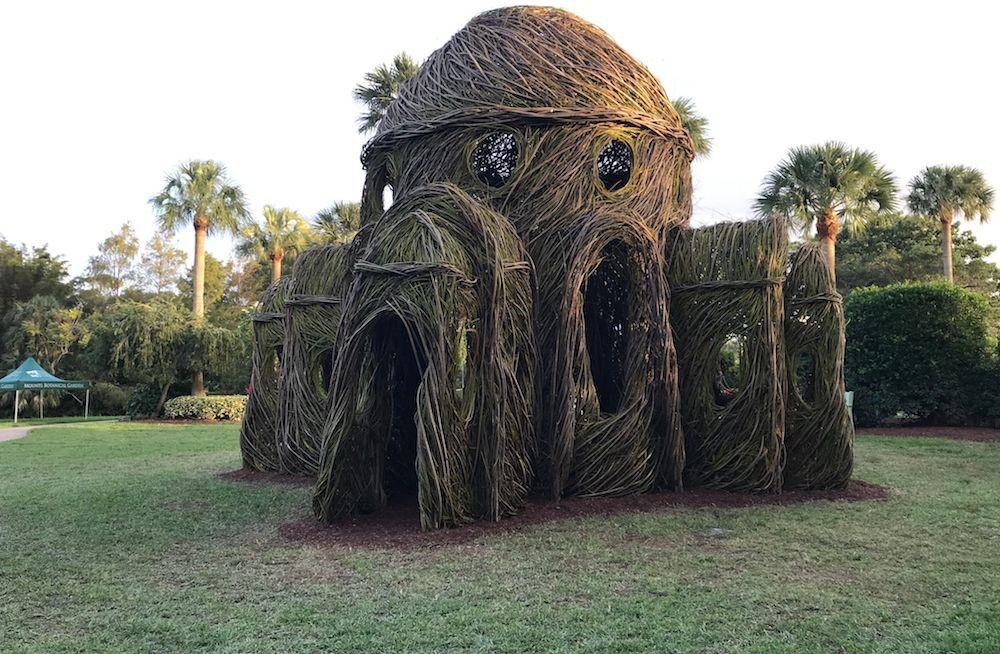Architect Matthew Hufft and industrial designer Clayton Vogel say their handmade furniture is inspired by the moderns – by Mies and Corb and Eames.
It shows.
They compare their work to watches by Cartier or Rolex – to classic designs that haven’t changed in 50 years.
Still, it’s up to date.
And each of their pieces is hand-made by highly skilled craftsmen who exert a lot of energy – both creative and physical – to produce it.
And make it last.
“We create furniture that people want,” Clayton says. “To do that, it has to be executed in a timeless manner so that not only will you like it, but your children and grandchildren will too.”
Their challenge in producing the furniture line they call Edwin Blue lies in making something appear clean and simple when, in fact, the process is excrutiatingly precise – with detailing akin to creating a fine piece of jewelry.
“The stainless steel is a rare tube size – it’s small, and extremely difficult when it heats up,” he says. “The jigs are complex, and the graining by hand – the polishing – takes three to four levels of abrasives to get the finish we want.”
That keeps particulate matter from getting into the stainless steel years from now and corroding it.
They use reclaimed local wood whenever possible, but they’ve been known to travel as far as Florida and Wyoming to inspect old wood for quality and character, and to partner with urban harvesters who trade in wood from storm-damaged trees. When sourcing new wood, they prefer FSC-certified wood. Currently, they’re using Machiche from Guatemala, one of the most sustainably-harvested woods in the world.
“It’s as green as we can make it, and still make it heirloom quality,” he says.
More than simply a piece of furniture, their work is akin to good architecutre: It’s aimed at accentuating the owner’s experience.
For more information on Edwin Blue furniture, go to http://edwinblue.com/
[slideshow id=677]

